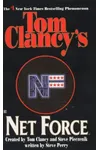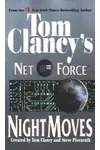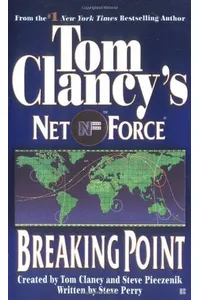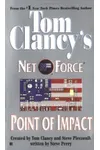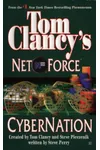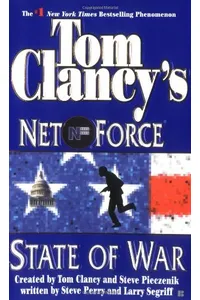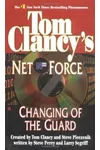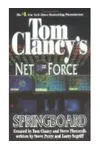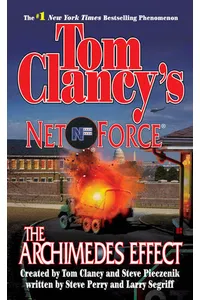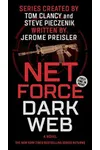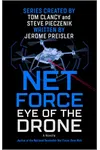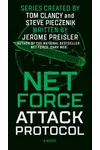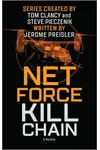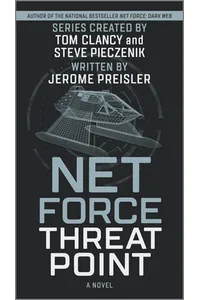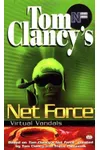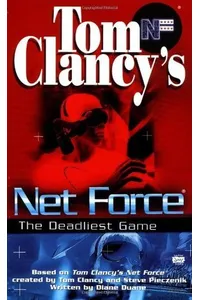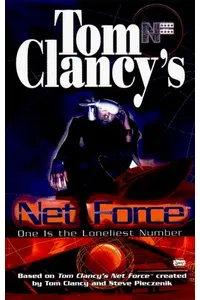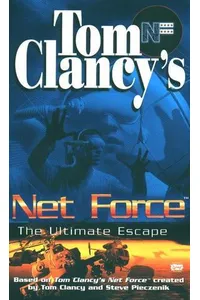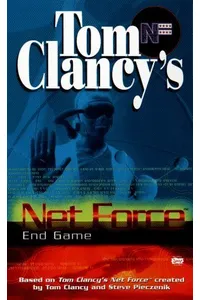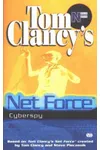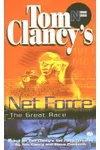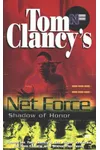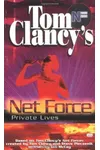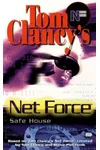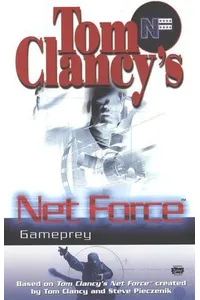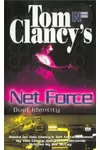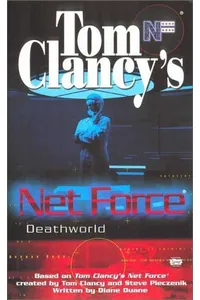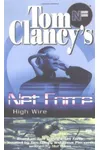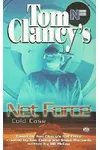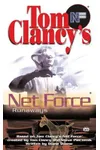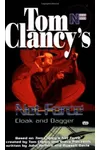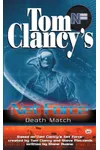Step into the electrifying world of Net Force, where cyber-thrillers collide with high-stakes action and digital warfare rules the day! Created by Tom Clancy and Steve Pieczenik, this pioneering series whisks readers to a near-future where computers are the ultimate superpower, and an elite FBI cybersecurity team battles hackers, terrorists, and global conspiracies. With its pulse-pounding blend of virtual reality hacking and geopolitical intrigue, Net Force offers a thrilling glimpse into the ethical dilemmas of our tech-driven world.
From its debut in 1998, Net Force hooked readers with its prescient take on a digitally dependent society, blending Clancy’s signature realism with speculative tech that feels eerily relevant today. Whether you’re a fan of espionage or just love a good tech-fueled adventure, this series delivers a rollercoaster ride through cyberspace.
How Net Force Began
Net Force sprang from the minds of Tom Clancy and Steve Pieczenik, two titans of the techno-thriller genre, with Steve Perry penning most of the original novels. First introduced in the Op-Center series’ Games of State, the concept of an FBI cybercrime unit captured imaginations, leading to a standalone series launched with Net Force in 1998. Set in 2010, the series envisioned a world where virtual reality and global networks amplify both opportunity and danger, reflecting Clancy’s knack for blending military precision with futuristic foresight.
The series’ creation tapped into late-90s anxieties about the internet’s rapid rise, making it a bold exploration of cybersecurity long before it dominated headlines. Its success spawned a young adult spin-off, Net Force Explorers, and even a 1999 TV movie starring Scott Bakula, cementing its cultural footprint.
The Heart of Net Force
The Net Force series spans ten core novels, with a 2019 reboot by Jerome Preisler. Key titles include Net Force (1998), where new commander Alex Michaels thwarts a Russian hacker’s global chaos; Cybernation (2001), pitting the team against a virtual nation’s terrorist agenda; and Dark Web (2019), where the rebooted team faces a master hacker in the Carpathian Mountains. Each book weaves intricate plots around cyber-attacks, blending virtual reality showdowns with real-world stakes.
The series shines through its themes of technology’s double-edged sword, exploring ethical questions like privacy, power, and the human cost of digital warfare. Virtual reality serves as both a battleground and a narrative hook, with characters like programmer Jay Gridley navigating “veeyar” landscapes to outsmart foes. The fast-paced style, packed with technical jargon and Clancy’s trademark action, immerses readers in a world where a single hack can topple nations.
While some critique the dated tech—like clunky VR interfaces—the series’ speculative edge and focus on cybersecurity’s societal impact keep it compelling. Its blend of brains, bravery, and high-tech gadgets makes every mission a gripping ride.
Why Net Force Resonates
Net Force’s legacy lies in its foresight. Dropping in the late 90s, it predicted a world where cyber warfare could rival traditional combat, a reality we now face with state-sponsored hacks and data breaches. Fans praise its adrenaline-fueled storytelling and its ability to make complex tech accessible, while its exploration of ethical dilemmas—like balancing security with freedom—strikes a chord in today’s debates over privacy and AI.
The series also paved the way for cyber-thrillers, influencing works like Mr. Robot and Black Mirror. Though not as iconic as Clancy’s Jack Ryan saga, Net Force’s niche appeal endures, especially for readers craving cerebral, tech-driven adventures. Its 2019 reboot proves its staying power, updating the stakes for a new generation.
- Publication Years: 1998–2006 (original), 2019–present (reboot)
- Number of Books: 10 core novels, plus spin-offs
- Notable Adaptation: 1999 TV movie, Netforce
Grab Net Force and dive into a cyber-thriller world where every click could change the fate of nations!
